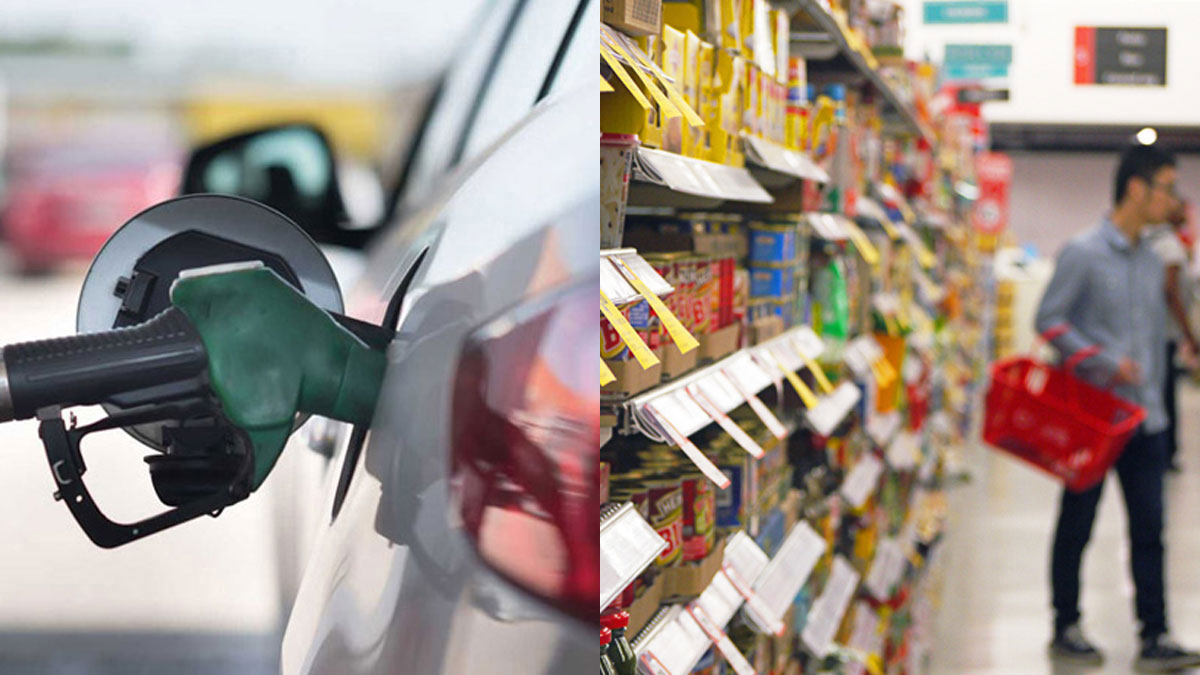
The cumulative increase in food prices alone since the COVID-19 pandemic in March 2020 is 24.5 percent while the cumulative increase in food prices from January to October 2023 is 6.9 percent.
This is based on statistics confirmed by the Reserve Bank of Fiji.
The cumulative increase in food prices since Russia's invasion of Ukraine in March 2022 is 7.2 percent.
The RBF says food prices are always volatile and depend on local and international factors.
Food prices had fallen initially during the COVID pandemic but the supply chain disruptions and shortages led to a spike. Tropical cyclones Yasa and Ana then impacted the price of market items.
Russia’s invasion of Ukraine led to another spike and we then had the increase in the VAT rate.
21 items remain on zero VAT and prescribed medicines has also been added to the list.
The items on zero VAT include, flour, rice, sugar, canned fish, cooking oil, potato, onion, garlic, baby milk, powdered milk, liquid milk, dhal, tea, salt, soap, soap powder, toilet paper, sanitary pads, toothpaste, kerosene, cooking gas and prescribed medicines.
Meanwhile the cumulative inflation for fuel since the COVID pandemic in March 2020 is 26 percent. Fuel prices fully pass-through after a 2 month lag.
The cumulative increase in fuel prices from January to October this year is 5 percent while the cumulative increase since Russia’s invasion of Ukraine in March 2022 is 17 percent.
Inflation is the general rise in the prices of goods and services over a period of time.
It is measured using the Consumer Price Index – based on a representative basket of goods and services purchased by a typical consumer.
Inflation is traditionally reported as over the year – for example, 4 percent inflation rate in October 2023 means on average prices are 4 percent higher than October 2022.
The Household Income and Expenditure Survey results done by the Fiji Bureau of Statistics is used to create a Consumer Price Index basket by determining the list of items purchased by a typical consumer and the associated weights based on spending habits.
The bureau collects prices monthly, quarterly or annually on the items in the Consumer Price Index basket.
Fiji’s current Consumer Price Index basket is based on the 2014 Household Income and Expenditure Survey and it has been established that consumers spend most on food, transport and housing.
There are 321 items in the Consumer Price Index basket.
Based on the basket to measure inflation for an average consumer, food makes up 35 percent of the basket, transport makes up 14 percent, housing and utilities makes up 13 percent, alcohol, tobacco and narcotics make up 10 percent, health and education make up 9 percent, household, clothing etc make up 7 percent, communication makes up 4 percent and others make up 8 percent.
The CPI basket has been reweighted 9 times since 1974.
It is also to be noted that each individuals consumer basket is different and the weights of items differ between the divisions.
The inflation trend in Fiji averaged 2 percent in last 10 years, and imported inflation through food and fuel has been the main drivers of inflation.
We continue to check with the Fijian Competition and Consumer Commission on the monitoring of prices based on many calls received on people complaining about the exorbitant increase of prices, and tax and duty reductions not passed down to the consumers.
Stay tuned for the latest news on our radio stations

